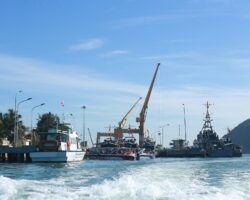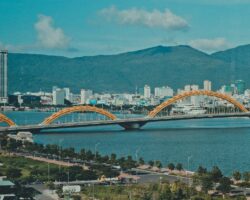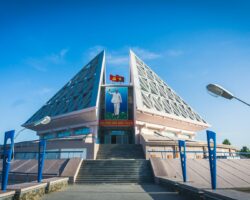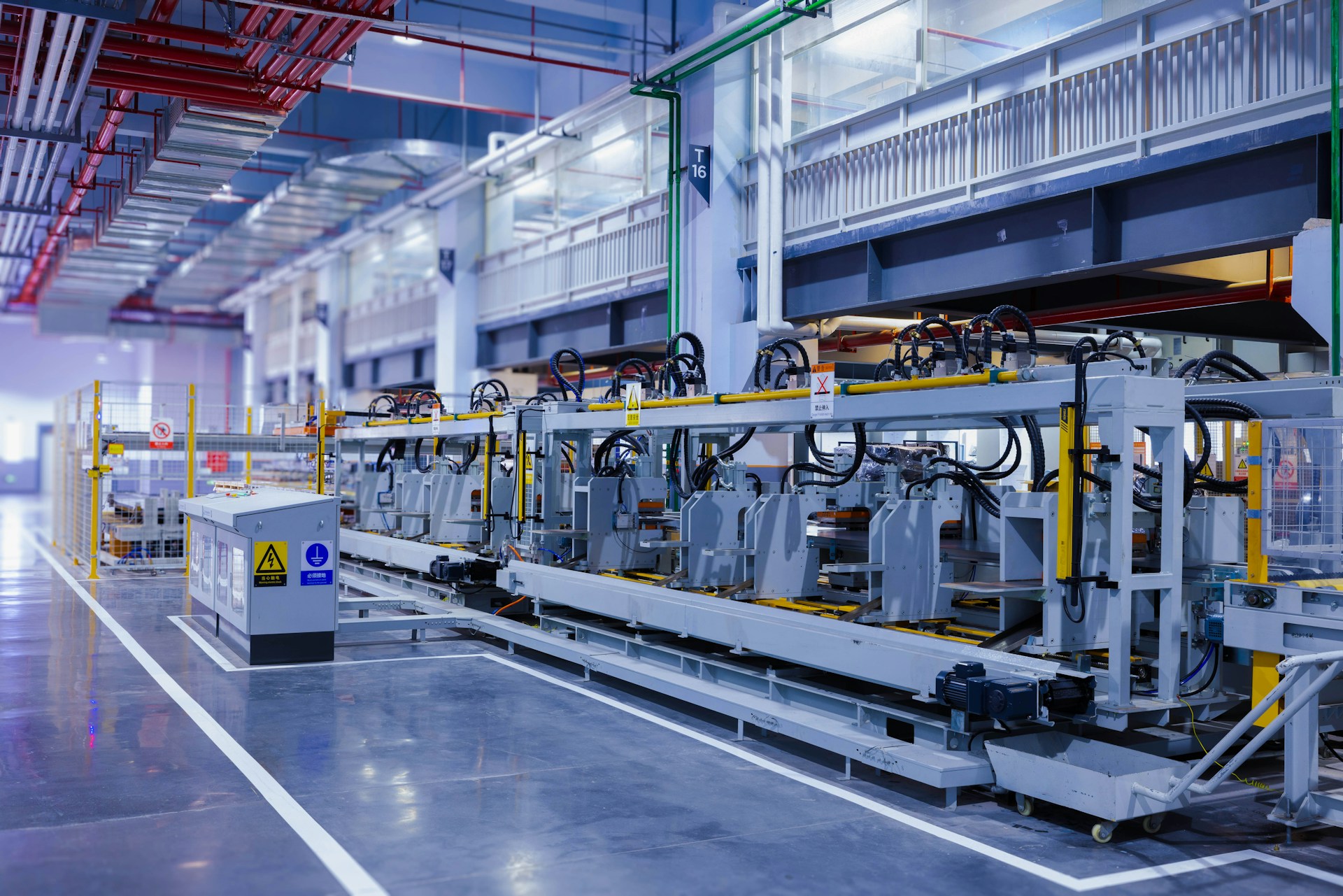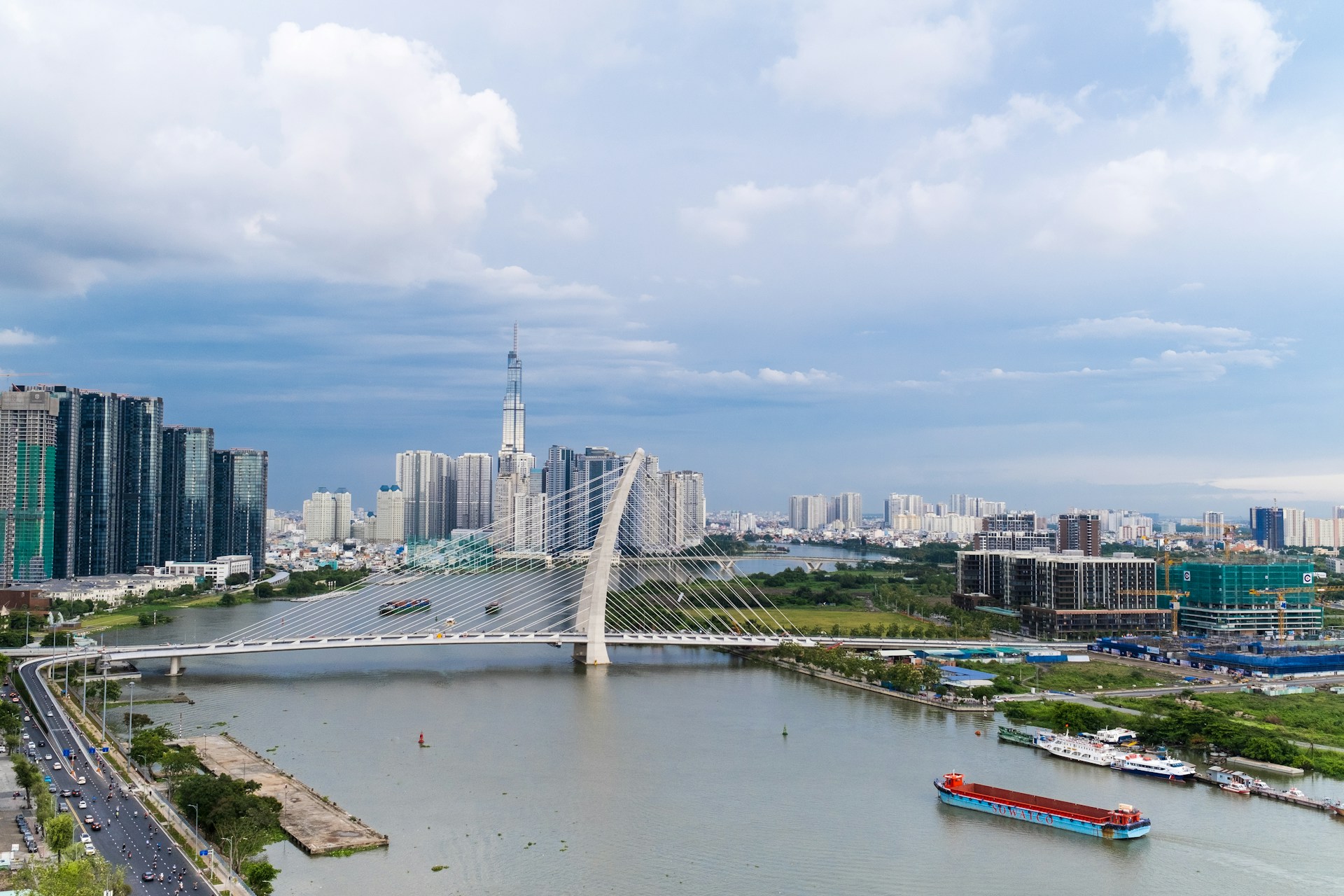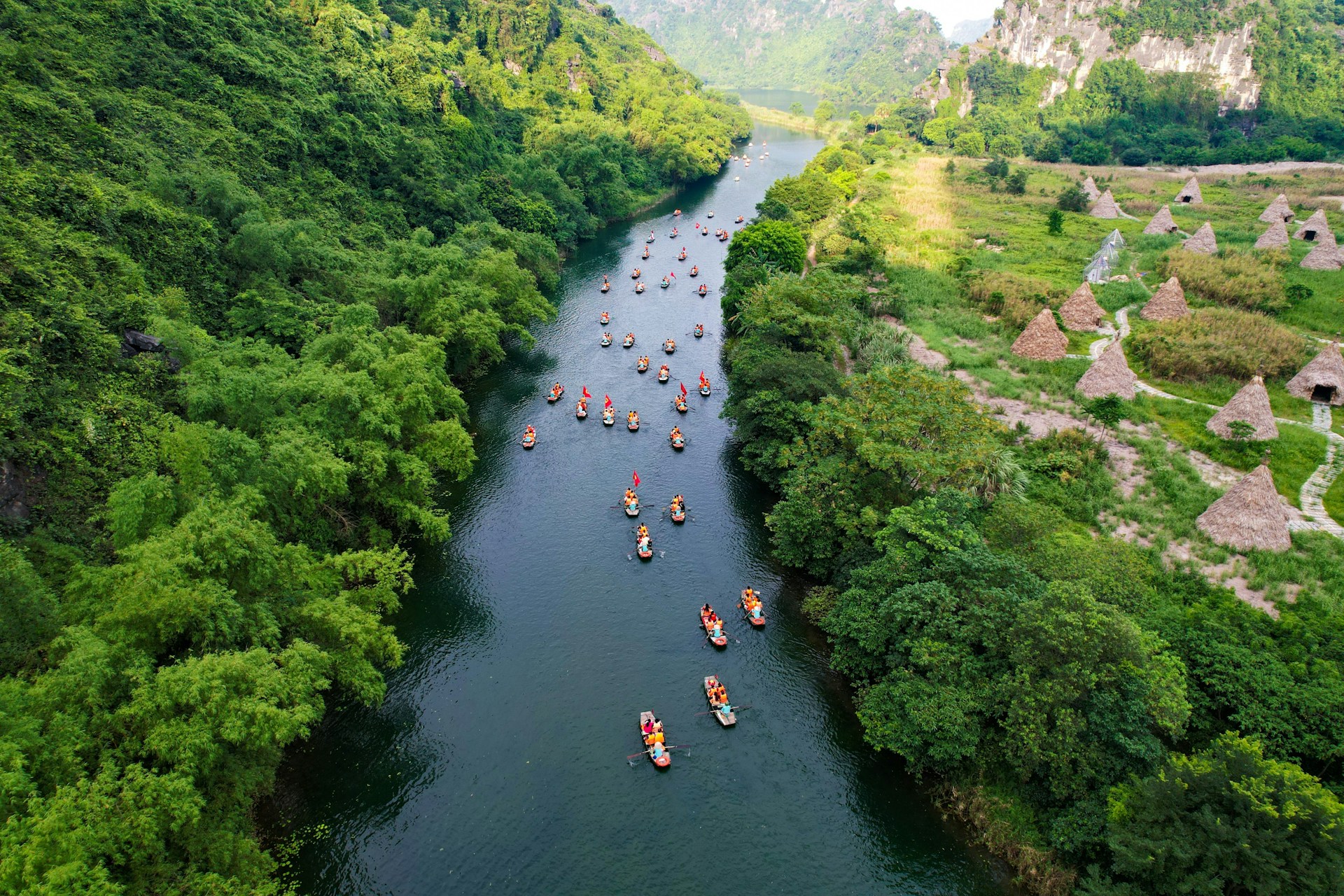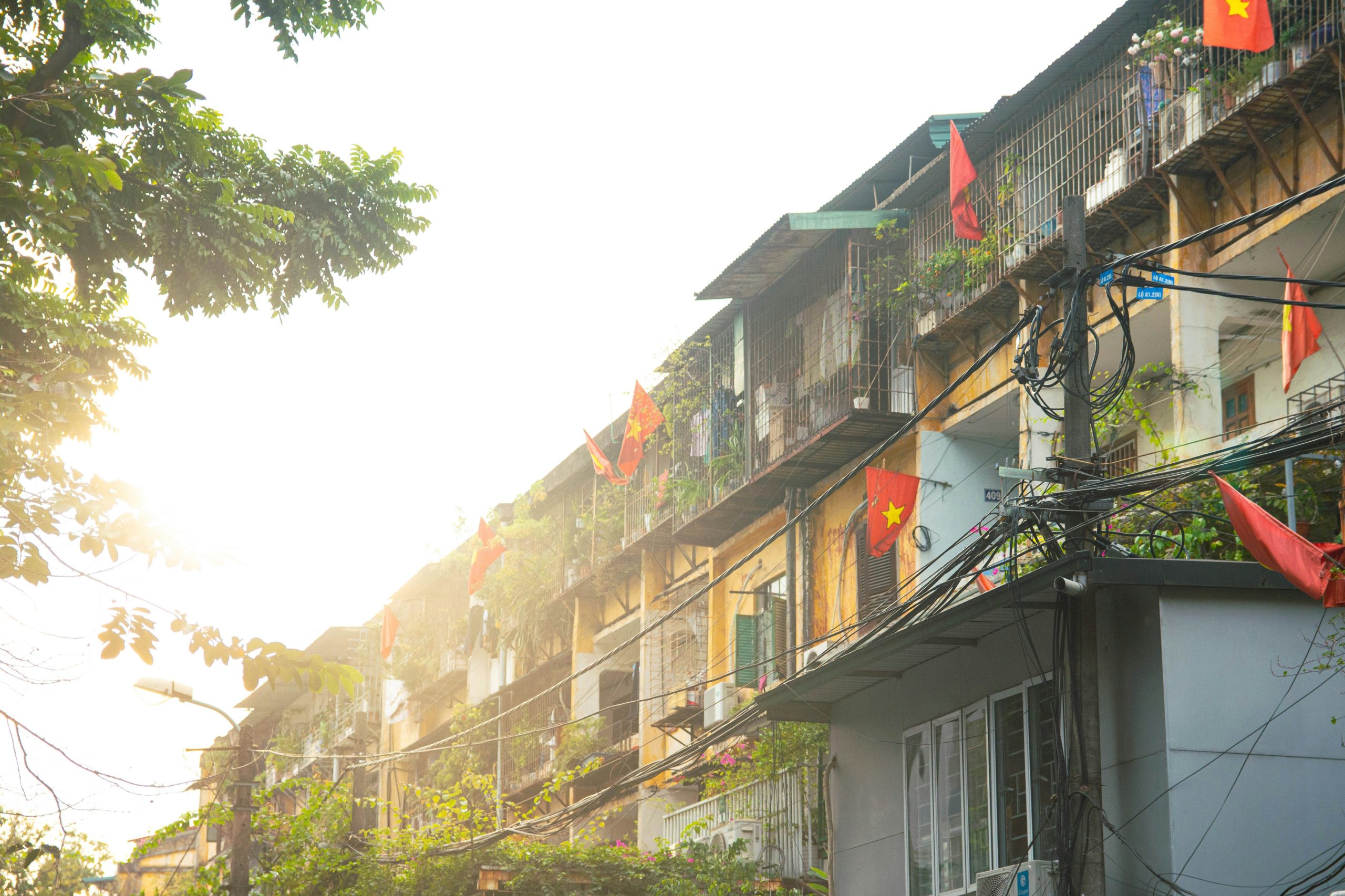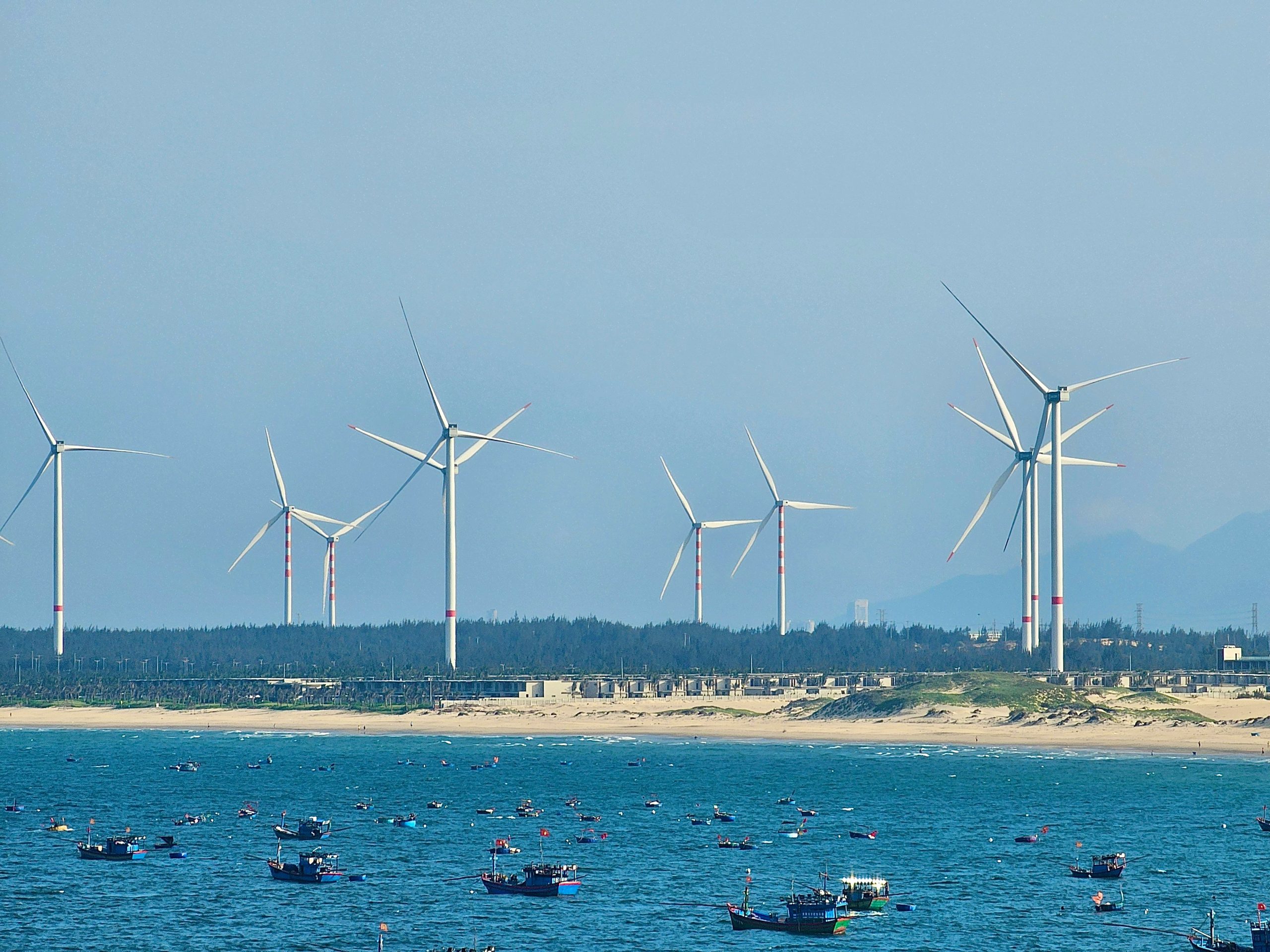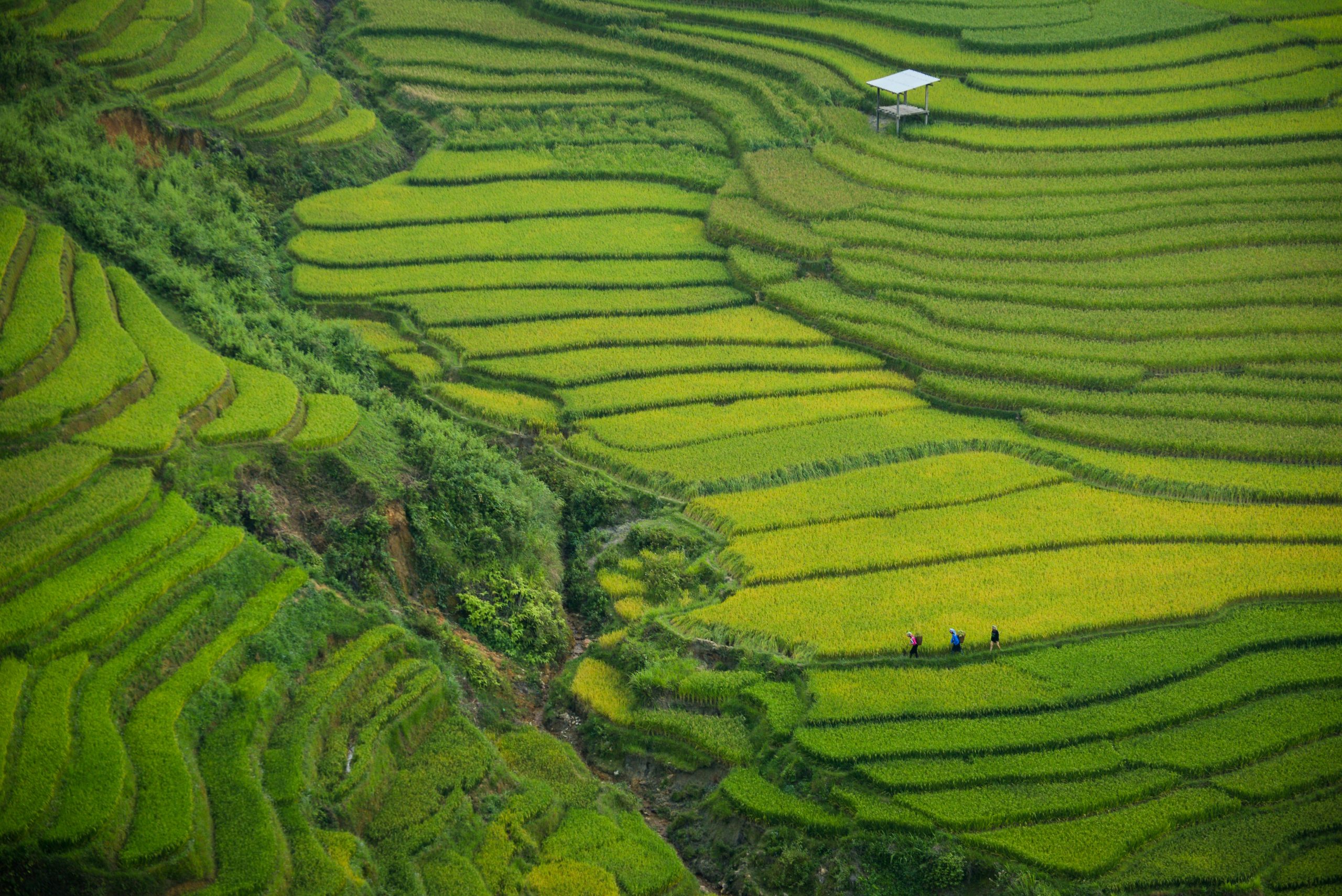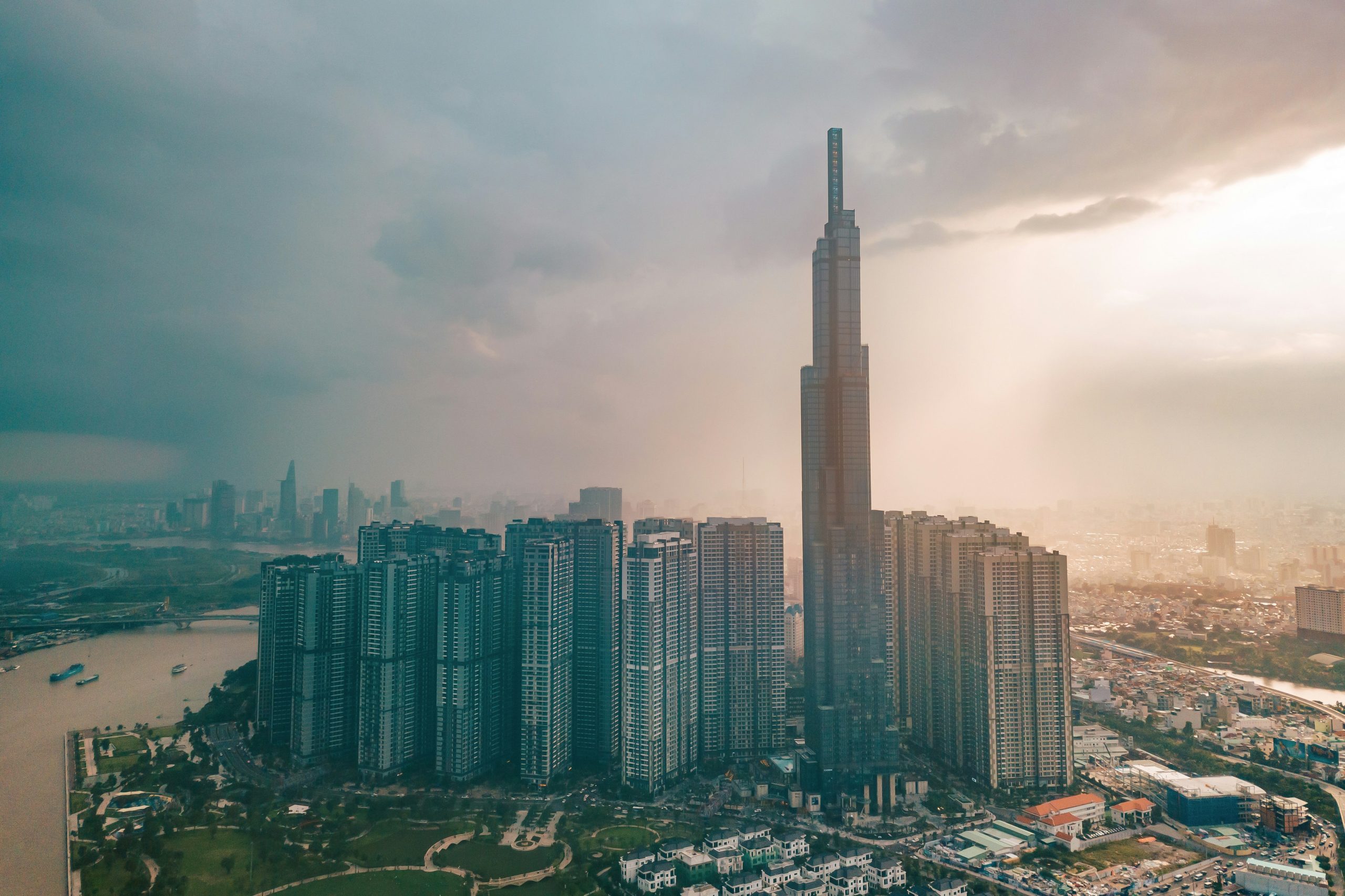
25Feb2024
Industry Reviews
Comments: No Comments.
The Mekong Delta region is located in the southernmost part of Vietnam, comprising vast low-lying wetlands near the Mekong River. It consists of the centrally governed city of Can Tho and twelve provinces, forming a significant socio-economic entity. When you actually visit the area, you will see that there are countless waterways intersecting the lowlands, and small motorized boats are an important means of transportation. The main industries are agriculture and fisheries, and they also make a major contribution to acquiring foreign currency such as shrimp and seafood that come to Japan.
 In this analysis, we have chosen the Mekong Delta region as an example to examine its industrial structure based on the proportion of GDP. The primary industry (agriculture, forestry and fisheries) accounts for the majority, and the secondary industry (mining and manufacturing) and tertiary industry (service industry) are not as well developed, one would expect this to be reflected in the numbers. However, as shown in the figure, it is observed that the proportion of the primary sector is approximately 30%, falling below that of the tertiary sector. On the other hand, this figure is significantly higher compared to the national average (12%) and the industrially developed cities of Hanoi (2%) and Ho Chi Minh City (less than 1%). It should be understood that “20-30% or more” falls into a considerably high category
In this analysis, we have chosen the Mekong Delta region as an example to examine its industrial structure based on the proportion of GDP. The primary industry (agriculture, forestry and fisheries) accounts for the majority, and the secondary industry (mining and manufacturing) and tertiary industry (service industry) are not as well developed, one would expect this to be reflected in the numbers. However, as shown in the figure, it is observed that the proportion of the primary sector is approximately 30%, falling below that of the tertiary sector. On the other hand, this figure is significantly higher compared to the national average (12%) and the industrially developed cities of Hanoi (2%) and Ho Chi Minh City (less than 1%). It should be understood that “20-30% or more” falls into a considerably high category
When considering why such a situation arises, it can be observed that a wide range of industries related to agriculture and fisheries, such as the sale of goods used in agriculture and fisheries, the manufacturing and sale of household goods for agricultural households, and the distribution of primary products and food factories, are classified as ‘agriculture and fisheries-related industries,’ falling under the categories of the secondary and tertiary sectors. However, it is classified as a secondary/tertiary industry. Although the base of agriculture and fisheries has been maintained, the content is not the same as before, and it can be said that “industrial sophistication” within the agriculture and fisheries industry is progressing. This can be considered even from a rough perspective, such as dividing the industry into three categories. On the other hand, the figure of ‘approximately 30%’ for the secondary sector does not necessarily imply that the region is at a stage where it can attract advanced industries such as machinery or electronics manufacturing. Although the classification into three sectors remains straightforward and convenient, it is gradually becoming outdated in expressing the characteristics of a developed economy.
Additionally, the industrial structure can also be examined based on the number of people employed. Out of approximately 9.49 million employed individuals in the Mekong Delta region (as of 2022), the primary sector accounts for approximately 40.3%, still falling short of a majority. It can be seen that “farmers” are no longer majority in the workforce.
Returning to the figure, the characteristics by province and city are also notable. Can Tho, as the administrative and economic center, has the highest proportion of tertiary sector activities, exceeding 50%, with the secondary sector also accounting for over 30%. Long An Province, which is adjacent to Ho Chi Minh City and has the largest concentration of industrial parks among the 13 provinces and cities, has more than 50% secondary industry. Generally, the remaining ten provinces are predominantly reliant on the primary sector. However, considering the aforementioned perspective, even in Long An Province, much of the secondary sector may be related to agriculture and fisheries or involve low-tech industries. This aligns with practical observations. In the future, there is significant potential to further develop the secondary sector by attracting manufacturing facilities and logistics hubs in various fields, not necessarily restricted to high-tech industries.
The Mekong Delta region is often described as Vietnam’s ‘rice bowl’ or food basket,’ highlighting its significant role as a major food production area domestically and internationally. Its position as a major food producer both domestically and internationally will not change in the future. However, if we focus on the fact that internally the society and industrial structure are constantly changing “toward advancement,” we may begin to see a different perspective on this region.
B&Company
This article has been published in the column “Read Vietnamese trends” of ASEAN Economic News. Please see below for more information
|
B&Company, Inc. The first Japanese company specializing in market research in Vietnam since 2008. We provide a wide range of services including industry reports, industry interviews, consumer surveys, business matching. Additionally, we have recently developed a database of over 900,000 companies in Vietnam, which can be used to search for partners and analyze the market. Please do not hesitate to contact us if you have any queries. info@b-company.jp + (84) 28 3910 3913 |
Read other articles
[/vc_column_text][/vc_column][/vc_row]
- All
- Agriculture
- Energy
- Equipment & Appliances
- Exhibition
- Food & Beverage
- Investment
- IT & Technology
- Lifestyle
- Logistics & Transportation
- Manufacturing
- Temporarily closed
- Tourism & Hospitality
- Trade
